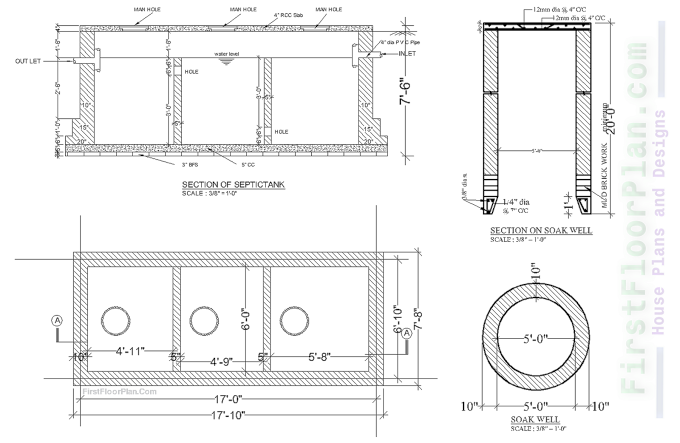Typical Reasons for a Jammed Key
A broken or twisted key Damage to keys over time may make them difficult to insert or remove.
-
Debris in the lock: Rust, dust,
and dirt can obstruct the pins of the lock, resulting in jams.
-
Misalignment: A stuck key could be
caused by an issue with the internal mechanism of the lock.
-
Incorrect angle or key: It may
also become stuck if the wrong key is used or inserted incorrectly.
How to Unjam a Locked Key
-
Gently shake it: Without using any
force, pull the key out and move it back and forth.
-
Put lubricant on To facilitate the
key's movement, lightly mist the lock with silicone or graphite powder.
-
Use caution when using pliers: If
a portion of the key protrudes, remove it gently with the pliers.
- Press the latch: A light tap can loosen debris or realign pins that might be the source of the issue.
It is best to contact a locksmith if none of
these solutions work or if the key is broken inside.
Stopping Upcoming Key Jams
Maintain lubricated locks: Utilise lubricants
containing graphite to stop rust and debris accumulation.
-
Verify your keys. Before they
become an issue, replace any worn or bent keys.
-
Handle keys with care: When
turning or inserting your key, try not to use too much force.
- Purchase high-quality locks: Over time, these problems are less likely to arise with locks of higher quality.
A jammed key is typically a simple issue that
can be resolved with some perseverance and simple tools. Regular upkeep,
however, can help avoid snags in the future and spare you from unforeseen
difficulties.
When to Give a Locksmith a Call
It's time to contact a qualified locksmith if
none of the aforementioned techniques work or if the broken key is inside the
lock. Locksmiths are equipped with specialised tools and knowledge to remove
keys without causing additional damage to the lock or key. The lock might
occasionally need to be taken apart, rekeyed, or replaced completely.
The Cost of Ignoring Lock Issues
Ignoring small lock problems, like a slightly
stuck key or trouble opening the lock, can eventually cause larger issues.
Small problems like a worn-out key or an improperly aligned lock mechanism can
grow until they result in a broken key stuck inside or total lock failure. This
frequently leads to the need for emergency locksmith services, which can be
expensive and inconvenient—especially if they are required in an emergency. By
routinely taking care of these minor indicators early on, you can preserve the
security of your house or property while also saving time and money.
Why Regular Lock Maintenance is
Important
Not only can regular lock maintenance prolong
the life of your locks, but it also helps prevent key jams. Due to frequent
use, dirt accumulation, and exposure to the elements, even high-quality locks
can deteriorate over time. Reduce the likelihood of buildup and rust by cleaning
and lubricating your locks every few months to ensure smoother operation.
Frequent inspections also help you identify problems early on, like loose parts
or worn keys, which can save costly repairs or inconvenient lockouts.
Maintaining the security and functionality of your locks only requires a little
upkeep.
Conclusion About Key Jammed In
Door
A jammed key in a lock is an annoying but frequently reversible issue. You can frequently free the key on your own without breaking the lock if you are aware of the typical causes and follow easy troubleshooting procedures. Preventive steps like cleaning your locks, checking your keys, and handling them gently can also help lower the likelihood of jams in the future.
To safely fix the problem without doing more harm, it's best to get in touch with Clapham Locksmith London if the key is still stuck after trying all of your tricks.













